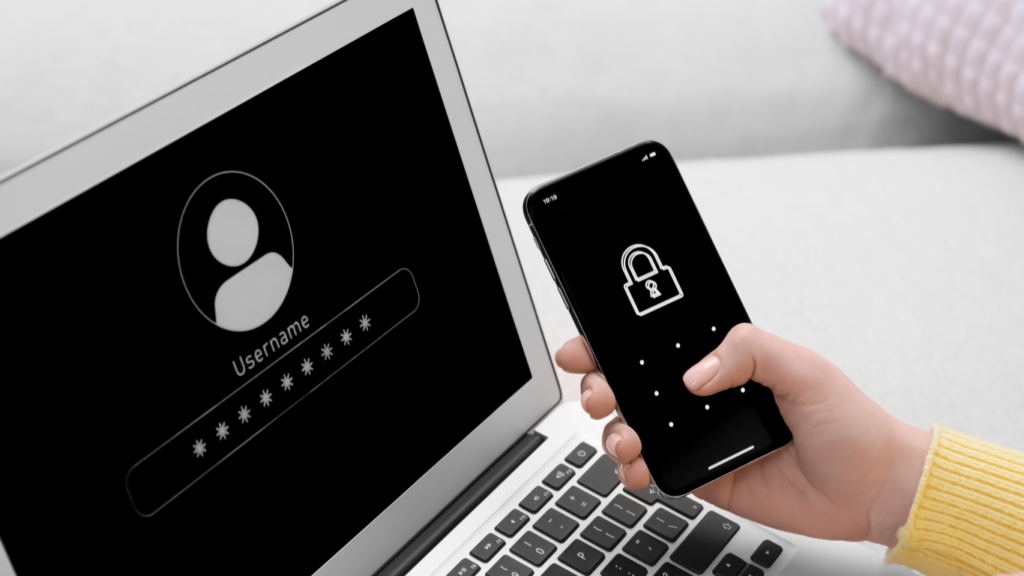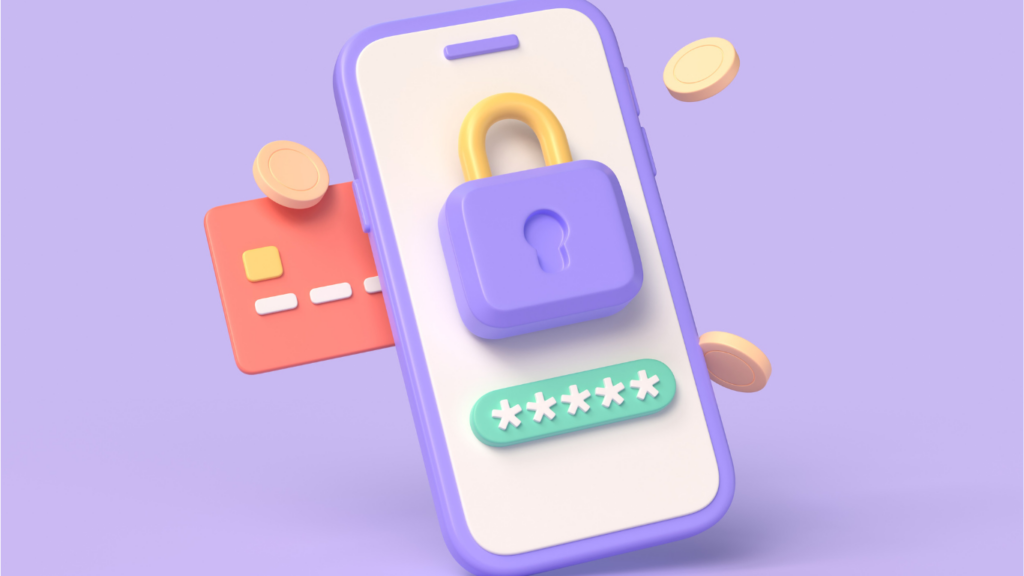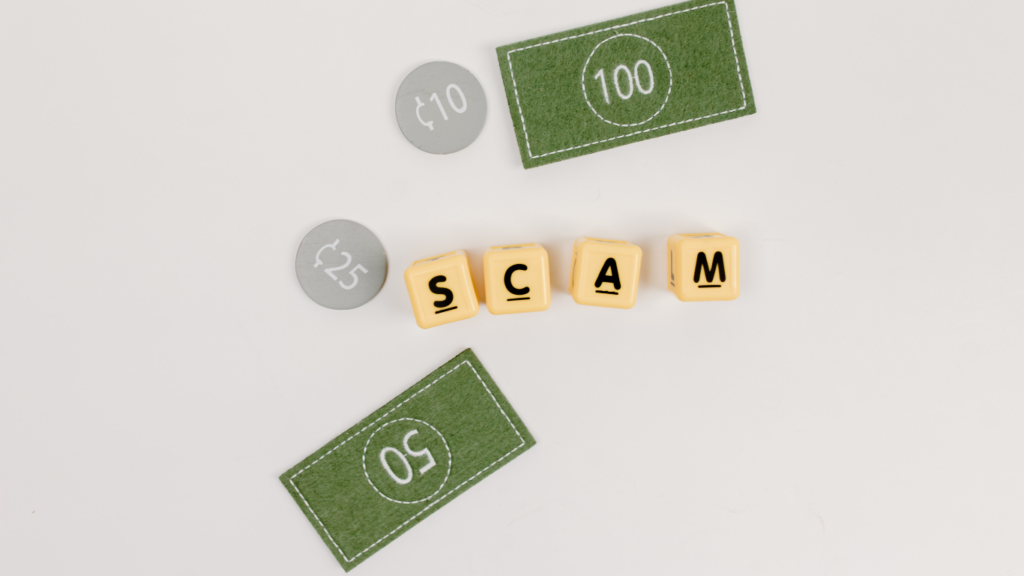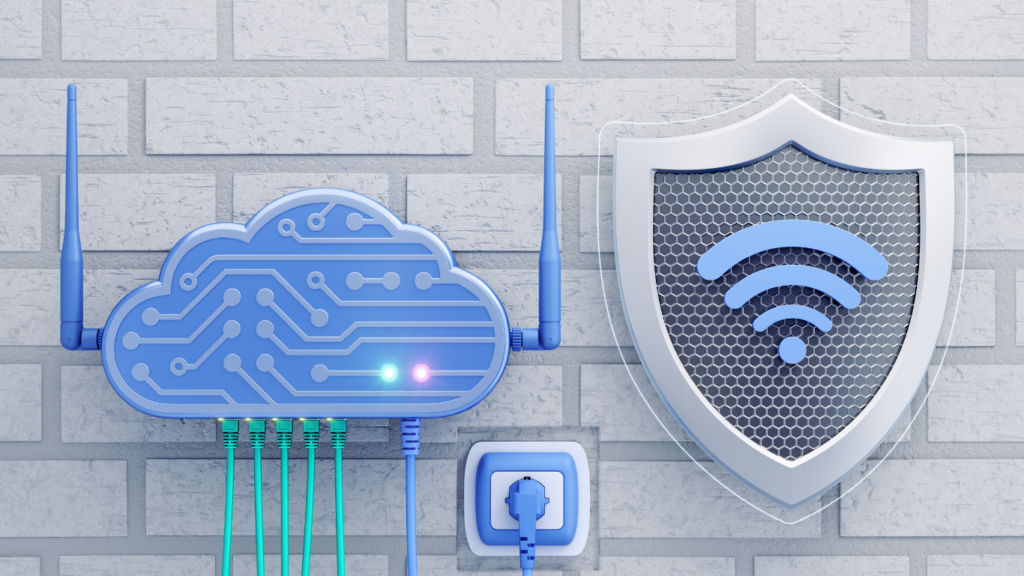Importance Of Social Media Security
Social media security is crucial for protecting our identities. Cybercriminals constantly evolve their methods, leading to increased risks for account holders. Unauthorized access can expose personal data, leading to identity theft and financial losses.
Platforms host valuable personal information. Users often share names, locations, and contact details, making these platforms prime targets. Without adequate security, this data can fall into the wrong hands, resulting in privacy breaches.
Scammers exploit unsecured accounts to spread misinformation. Compromised accounts can be used to send deceptive messages, harming both the account owner and their connections. This can severely damage reputations and relationships.
Efficient security measures prevent unauthorized access. Two-factor authentication (2FA) and strong passwords add layers of protection, making it harder for intruders to break in. Regularly updating passwords and monitoring account activities enhance overall security.
Taking action reduces the risk of cyberattacks. Securing accounts not only safeguards personal information but also ensures a safer online environment for everyone. By prioritizing social media security, we protect our digital identities and foster trust in online interactions.
Common Threats To Social Media Accounts
Understanding the threats to social media accounts is essential for maintaining security. Here are some common dangers that can compromise your online safety.
Phishing Attacks
Phishing attacks trick users into revealing personal information like login credentials. Attackers often use fake emails or messages that appear legitimate to direct users to counterfeit websites. Once credentials are entered on these sites, attackers gain access to accounts and sensitive data. To avoid phishing, scrutinize messages for inconsistencies and avoid clicking unknown links or downloading attachments.
Malware
Malware infections pose serious risks to social media accounts by compromising device security. Common types include spyware, which steals information, and ransomware, which locks users out of devices until a ransom is paid. Malicious links or downloads are typical vectors for malware. Always update your software and use reputable antivirus programs to mitigate these threats.
Identity Theft
Identity theft involves the unauthorized use of someone’s personal information, often obtained from social media profiles. Once attackers steal this data, they can commit fraud or impersonate the victim online. To protect against identity theft, limit the amount of personal information shared online, enable privacy settings, and monitor accounts for suspicious activity.
Tips For Creating Strong Passwords

Creating robust passwords helps secure social media accounts against unauthorized access. Following specific guidelines can significantly enhance password security.
Password Complexity
Passwords combining letters, numbers, and symbols enhance security. Avoid using easily guessable information, such as birthdays or common words. For example, instead of “password123”, a strong alternative would be “P@ssw0rd!%@234”. Minimum length recommendations often suggest at least 12 characters. This complexity decreases the likelihood of successful brute-force attacks.
Using Password Managers
Password managers store and manage passwords securely, minimizing the need to remember complex passwords. They generate strong, unique passwords for each account. Popular password managers include LastPass, Dashlane, and 1Password. Utilizing these tools reduces the risk of reusing passwords across multiple accounts, thus enhancing overall security.
Enabling Two-Factor Authentication
Two-factor authentication (2FA) adds an extra layer of security to your social media accounts. It requires a second form of verification in addition to your password. Enabling 2FA ensures unauthorized access remains challenging even if someone knows your password.
Steps to Enable Two-Factor Authentication
- Access Account Settings: Navigate to the settings or security section of your social media account. Most platforms like Facebook, Twitter, and Instagram include a dedicated security tab.
- Enable Two-Factor Authentication: Locate the 2FA option. It might be listed under security settings or privacy settings, depending on the platform. Select it and follow the on-screen instructions.
- Choose Verification Method: Opt for your preferred verification method. Common methods include SMS codes sent to your mobile phone, authenticator apps, and email verification. Authenticator apps like Google Authenticator and Authy provide a higher level of security compared to SMS.
- Verify and Save: Complete the setup by entering the verification code sent to your chosen method. Save the settings to activate 2FA.
Benefits of Two-Factor Authentication
- Enhanced Account Security: It significantly reduces the risk of unauthorized access. Even if someone has your password, they can’t log in without the second verification step.
- Protection Against Phishing: 2FA helps combat phishing attacks by requiring an additional verification layer. Cybercriminals find it more challenging to bypass 2FA compared to passwords alone.
- Peace of Mind: Knowing that your social media accounts have an added layer of security provides peace of mind. You can be confident your private information and personal data are secure.
Using Authenticator Apps
Authenticator apps offer a secure way to manage 2FA codes. They generate time-based, one-time passcodes (TOTP) that change every 30 seconds. This method is more secure than receiving codes via SMS, which can be intercepted.
- Google Authenticator: Easy to set up and use.
- Authy: Offers encrypted backups and multi-device support.
- Microsoft Authenticator: Integrates well with Microsoft services.
Ensure you back up the recovery codes provided during setup. Recovery codes help you regain access to your accounts if you lose your authentication device.
Enabling two-factor authentication is a critical step in safeguarding your social media presence against unauthorized access and cyber threats.
Recognizing And Avoiding Scams
Spotting and evading scams is essential for safeguarding social media accounts. Cybercriminals use various deceptive tactics to exploit users.
Common Scam Tactics
Scammers often impersonate legitimate entities to trick users. Fake profiles and phishing messages are common. For example, they might pose as well-known brands asking for credentials. Fraudsters create fake giveaways, promising prizes but stealing information instead. Links to malicious websites may also appear in direct messages or comments, luring users into revealing sensitive data.
How To Report Scams
Report scams directly to the platform to prevent others from falling victim. On Facebook, go to the scammer’s profile, click the three dots, and select “Find Support or Report Profile”. On Twitter, click the down arrow on the tweet, select “Report Tweet,” then follow prompts. Instagram allows reporting through the three dots on posts or profiles. Use these mechanisms to alert the platform and get the scam removed quickly.
Managing Privacy Settings
Managing privacy settings on social media platforms increases account security and protects personal information. Proper configuration minimizes risks and enhances online privacy.
Platform-Specific Tips
Each social media platform offers unique privacy settings. Understanding these options helps tailor protection to specific needs:
- Facebook: Enable “Friends Only” for posts, restrict profile viewing to friends, and review the “Privacy Checkup” tool for additional settings.
- Instagram: Set the account to “Private” so only approved followers see posts, restrict comments from unknown users, and manage story views under “Story Controls.”
- Twitter: Make the account private to approve followers, enable “Quality Filter” to reduce unwanted interactions, and adjust “Discoverability” to limit how others find the account.
- LinkedIn: Adjust profile visibility to only connections, restrict who can see the email address, and review “Profile Viewing” options to control what others see when visiting profiles.
Reviewing and adjusting settings regularly on each platform ensures continuous protection from potential privacy breaches.
Regularly Reviewing Permissions
Periodically reviewing permissions granted to apps and services connected to social media accounts prevents unauthorized access. Regular audits identify unnecessary or risky connections:
- Facebook: Access “Settings & Privacy,” navigate to “Apps and Websites,” and review active connections; remove any unfamiliar or no longer needed.
- Instagram: Visit “Settings,” select “Security,” and go to “Apps and Websites” to see authorized services, revoking those that aren’t essential.
- Twitter: Open “Settings and privacy,” choose “Account,” and click “Apps and sessions” to view connected apps, revoking permissions where necessary.
- LinkedIn: Go to “Settings & Privacy,” select “Account,” then “Partners and services”; scrutinize the list and revoke access from non-essential connected apps.
Consistently reviewing permissions ensures only trusted apps and services access personal social media data.
Regular Monitoring And Account Activity
Regularly checking account activity prevents unauthorized access. Reviewing login locations, devices, and times helps identify suspicious behavior. Platforms like Facebook, Instagram, Twitter, and LinkedIn offer such tracking features. Setting alerts for new logins and unusual activity adds an extra layer of security.
Reviewing Login Locations
Check login locations weekly. Visit the security settings on each platform to see where logins occur. If unexpected locations appear, change your password immediately and review recent activity. This proactive approach minimizes risks.
Monitoring Connected Devices
Keep track of connected devices. Regularly review the list of devices logged into your account. Remove unfamiliar devices to ensure only trusted ones have access. Doing this monthly maintains account integrity.
Setting Activity Alerts
Set up activity alerts. Many social media platforms allow alerts for new logins or suspicious behavior. Enable these notifications in security settings. This helps identify unauthorized access and respond quickly.





